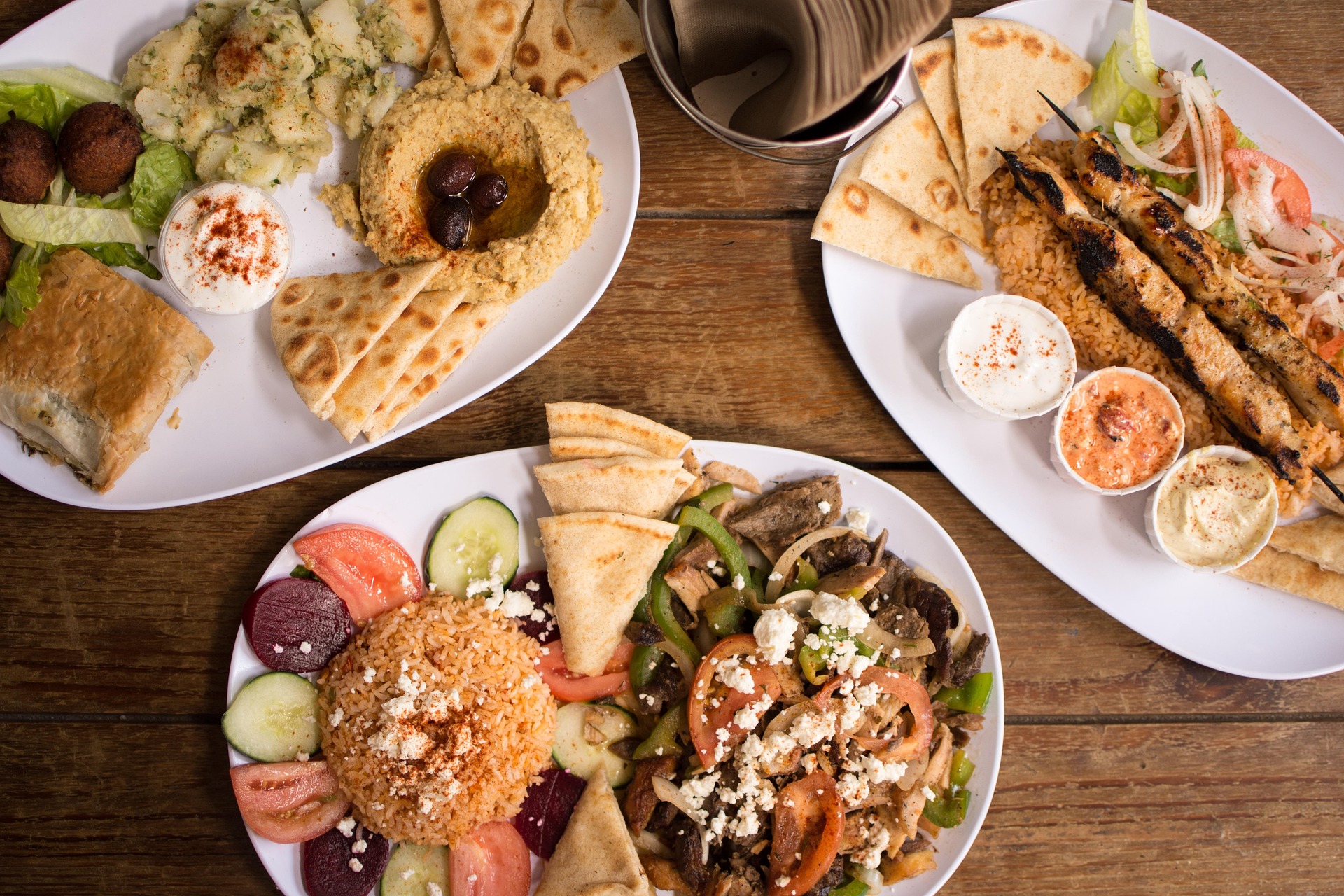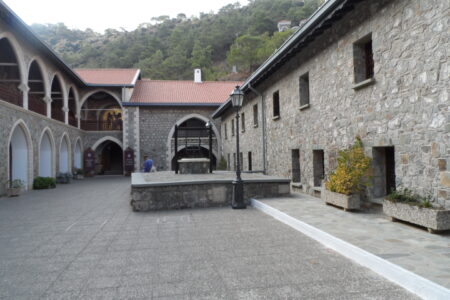The word “meze” originates from the Greek “μεζές”, which means “appetizer” or “delicacy.” Unlike simple starters, Cypriot meze is a lavish dining experience, featuring up to 30 different dishes served over several hours. This format encourages socializing, making it a staple of family gatherings and celebrations.
Contents
The Structure and Serving Sequence of Meze
A traditional Cypriot meze is not just about food; it’s a slow, immersive experience. The dishes arrive gradually, allowing guests to savor every bite without rushing.
Cold Appetizers
To begin, diners enjoy an assortment of fresh bread, olives, and traditional dips such as:
- Hummus (a smooth chickpea and tahini dip)
- Tzatziki (a refreshing yogurt, cucumber, and garlic sauce)
- Taramasalata (a creamy fish roe spread)
- Tahini (a nutty sesame seed paste)
Fresh Salads
After the dips, the meal continues with vibrant Mediterranean salads. The horiatiki (village salad), prepared with tomatoes, cucumbers, onions, olives, and feta cheese, remains a favorite. Lightly drizzled with olive oil and lemon juice, it pairs perfectly with the next course.
Hot Appetizers
At this stage, a variety of warm delicacies arrive at the table, including:
- Grilled halloumi cheese, known for its firm texture and salty taste
- Lountza, a flavorful smoked pork loin
- Loukoumades, golden, crispy dough balls drizzled with honey
- Spanakopita, a spinach and feta-filled phyllo pastry
Each dish is served fresh, ensuring the best flavors with every bite.
Main Dishes
Finally, the meal reaches its grand finale—the main courses. Depending on the type of meze ordered, guests may enjoy grilled meats, seafood, or slow-cooked specialties.
Types of Meze
Cypriot meze varies based on ingredients and regional preferences. Three primary types exist, each offering a different culinary experience.
Meat Meze
Meat lovers will appreciate this selection of grilled and slow-cooked delicacies:
- Souvla, large skewers of marinated pork or lamb, grilled to perfection
- Sheftalia, traditional Cypriot sausages wrapped in caul fat, delivering a rich flavor
- Kleftiko, slow-roasted lamb baked in a clay oven, resulting in tender, aromatic meat
Seafood Meze
For those who prefer seafood, meze offers a range of freshly caught fish and shellfish, including:
- Grilled octopus, lightly seasoned and charred for a smoky taste
- Crispy fried calamari, paired with a squeeze of lemon
- Mussels, shrimp, and seasonal fish, prepared with Mediterranean spices
Mixed Meze
For those who want it all, mixed meze brings together both meat and seafood dishes, offering a well-rounded experience.
The Cultural Significance of Meze
Meze is not just about eating; it plays a significant role in Cypriot social life. In local tavernas, friends and family gather around large tables, sharing conversations, laughter, and endless plates of food. This communal way of dining fosters stronger connections and embodies the island’s spirit of hospitality.
Tips for Enjoying Meze Like a Local
✔ Take Your Time – Meze is a leisurely experience, often lasting two to three hours. Savor each dish and enjoy the company.
✔ Trust the Waiters – Since they follow a specific order for serving dishes, it’s best to let them guide the meal.
✔ Make a Reservation – Popular tavernas fill up fast, especially on weekends. Booking in advance ensures a seamless dining experience.
Why You Should Try Meze in Cyprus
No trip to Cyprus is complete without experiencing a traditional meze feast. This meal is not just about flavors but also about sharing, tradition, and celebration. Whether you’re indulging in a meat, seafood, or mixed meze, you’re guaranteed to discover the authentic taste of Cyprus.
















